The introduction of DALL-E 3 strengthens OpenAI’s position in the market, leaving rivals like Midjourney and Stable Diffusion in its wake.
In Brief
DALL-E 3 is slated for seamless integration with GPT-4, designed specifically for users of ChatGPT+.
The new update ensures that DALL-E 3 will not recreate images of well-known personalities when their names are specifically mentioned.
Users can expect to gain access to DALL-E 3 by October.
OpenAI has launched its latest masterpiece: DALL-E 3 In contrast to its forerunners, DALL-E 3 is dedicated to perfecting the finer details, tackling challenges related to text and detailed body parts like fingers, resulting in a series of visually stunning images with minimal need for elaborate prompts.
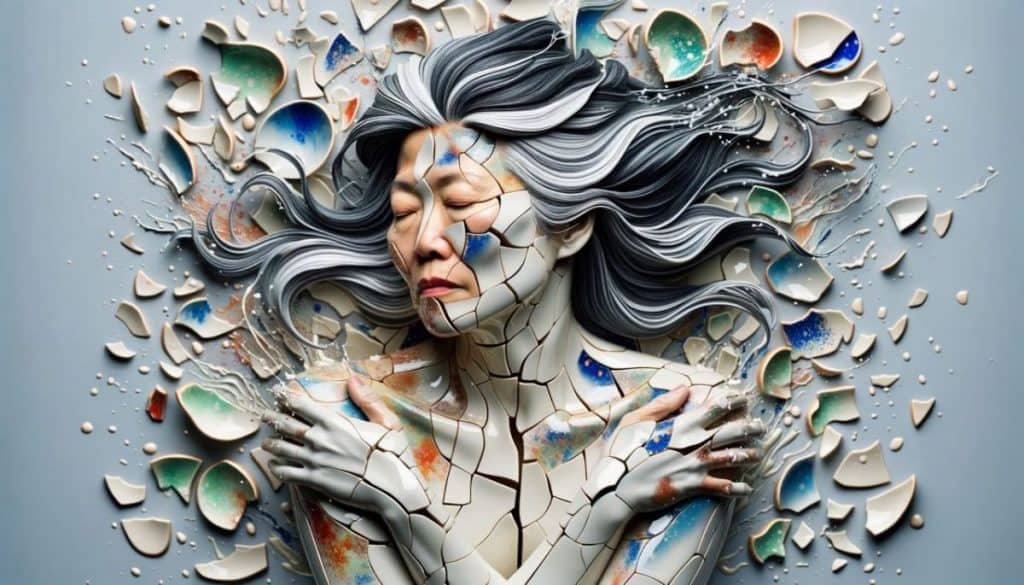
It's essential to highlight that this update lacks an exhaustive guide on implementation specifics or APIs. Instead, DALL-E 3 will be integrated efficiently with GPT-4 and specifically designed for ChatGPT+ subscribers.
While this innovation may not revolutionize the AI landscape, it does signal an advancement in synergy between models. Many are hopeful that the future iterations will showcase even more intricate features and artistic merit. Stable Diffusion model To contextualize, the journey of OpenAI through the realm of AI-driven image generation has been eventful:
2021: The introduction of DALL-E 1, boasting a 12-billion parameter model, was met with limited details.
- 2021: The rollout of GLIDE, a model featuring 2 billion parameters, was accompanied by open-source models with 300 million parameters.
- 2022: DALL-E 2 made its appearance with 2 billion parameters, alongside an unCLIP paper and API.
- 2023: DALL-E 3 has entered the scene, and while some details remain somewhat ambiguous, one thing is evident—it will work in conjunction with GPT-4 for ChatGPT+ users.
- Currently, instances of DALL-E 3 remain limited in visibility. There’s a lack of code, a dedicated blog post, or detailed evaluations compared to leading models. OpenAI seems to be keeping things under wraps.
This model is expected to have a deeper grasp of subtleties and nuances than its predecessors. This implies that transforming your imaginative ideas into precise visuals should be a more straightforward endeavor.

One of the enticing features of DALL-E 3 is its connection with ChatGPT, meaning users can avoid the hassle of meticulously crafting detailed prompts; a simple explanation should do the trick, with ChatGPT ready to generate elaborated prompts for you.
OpenAI has also underscored the significance of context when handling extensive prompts. DALL-E 3 is built to embrace detailed descriptions, making it more responsive to contextualizations in longer prompts.
Nevertheless, like with any cutting-edge AI model, an air of uncertainty persists. While initial impressions seem favorable, the real validation will emerge with prolonged use. Concerns about its performance and speed still remain.
It’s likely that DALL-E 3 will utilize a multi-stage diffusion process, with GPT-4 acting as its text encoder. The complex details behind this framework may still be somewhat concealed.
The anticipated timeline for access to DALL-E 3 is scheduled for October, with initial privileges for ChatGPT Plus and enterprise users, and a potential broader roll-out for researchers afterwards.
OpenAI's CEO, Altman, recently appeared before the U.S. Senate to discuss the implications and potential hazards related to AI. ChatGPT Enterprise user A focal point during the development of DALL-E 3 has been the rigorous process of limiting its functionalities. This has included implementing rigorous filters and alignments designed to omit certain content categories. For instance, the model explicitly disallows generating images of celebrities, replicating the artistic styles of well-known creators, or producing any content deemed unsafe according to OpenAI’s stringent criteria. This strategic path isn't merely about restrictions; it serves as a precaution against possible legal complications.
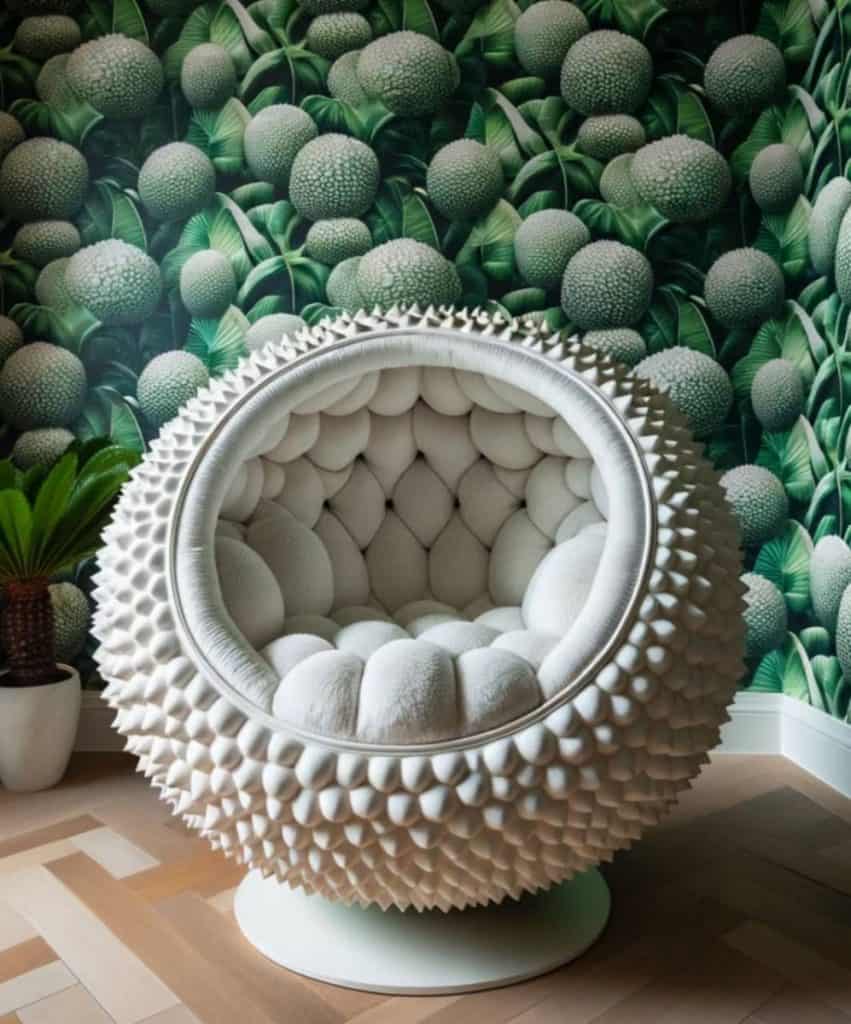

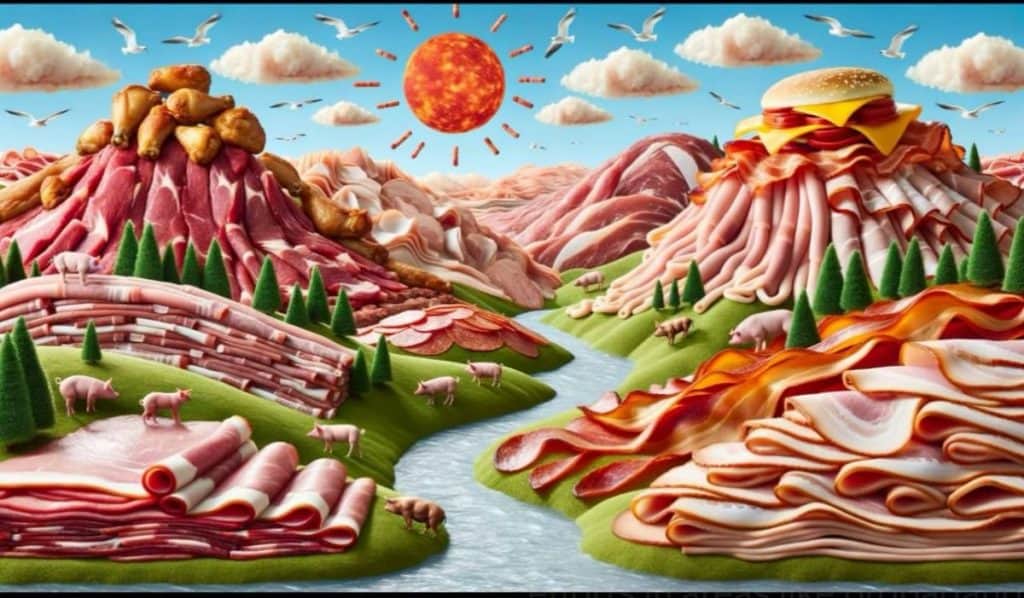
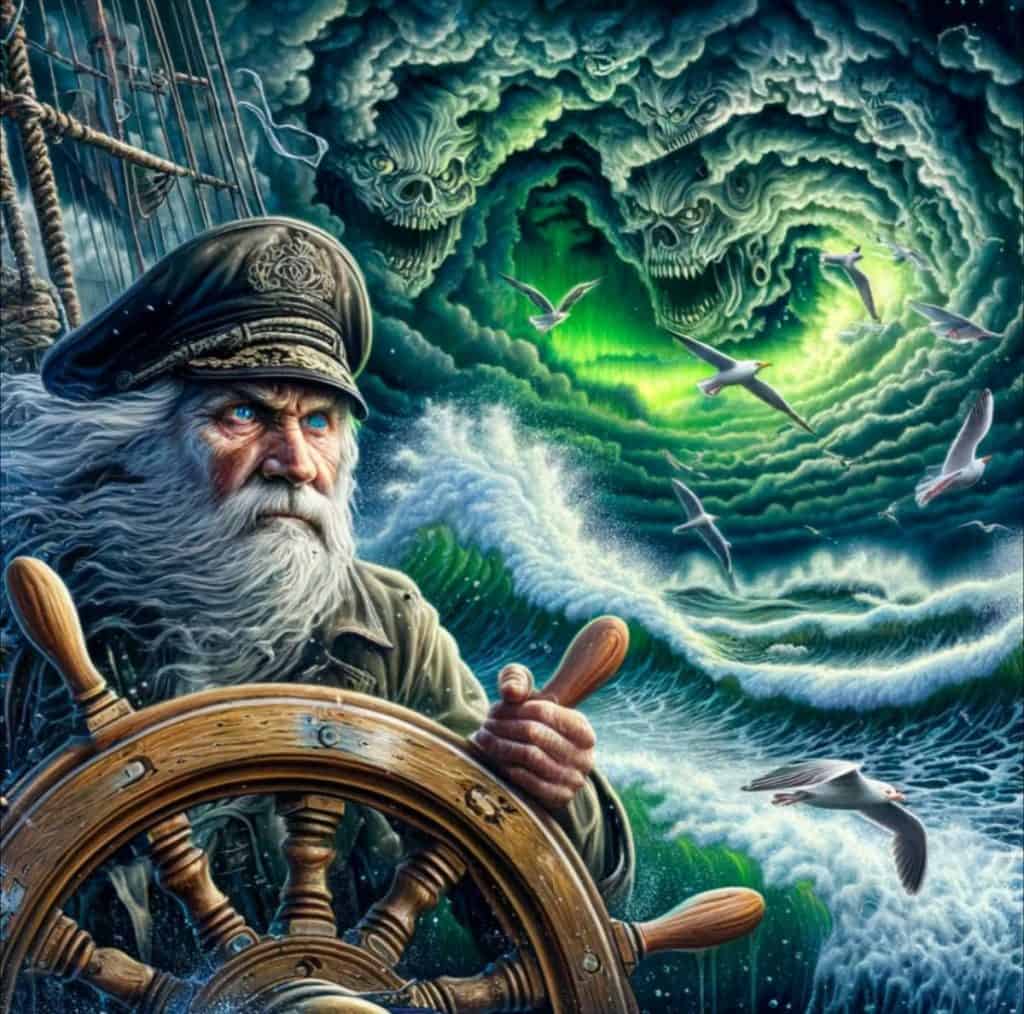

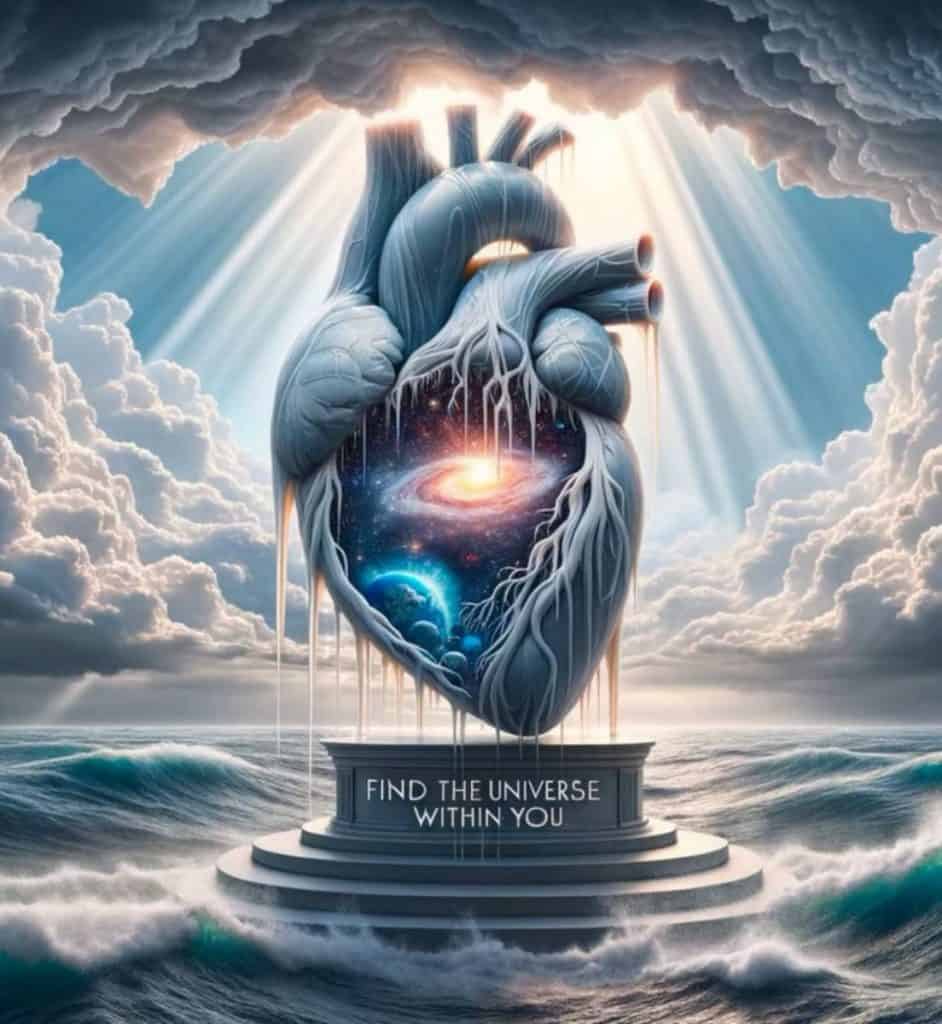


Nuances and Censorship of DALL-E 3
Prompt #1: Take a close-up shot of a hermit crab nestled in damp sand, with nearby sea foam, highlighting the intricate details of its shell and the texture of the sand.
Prompt #2: Picture a cheerful yellow banana-shaped couch in a snug living area, its curved form cradling a variety of colorful cushions. A patterned rug adorns the wooden floor, adding an eclectic vibe, while a potted plant stretches toward the streams of sunlight entering through the window.
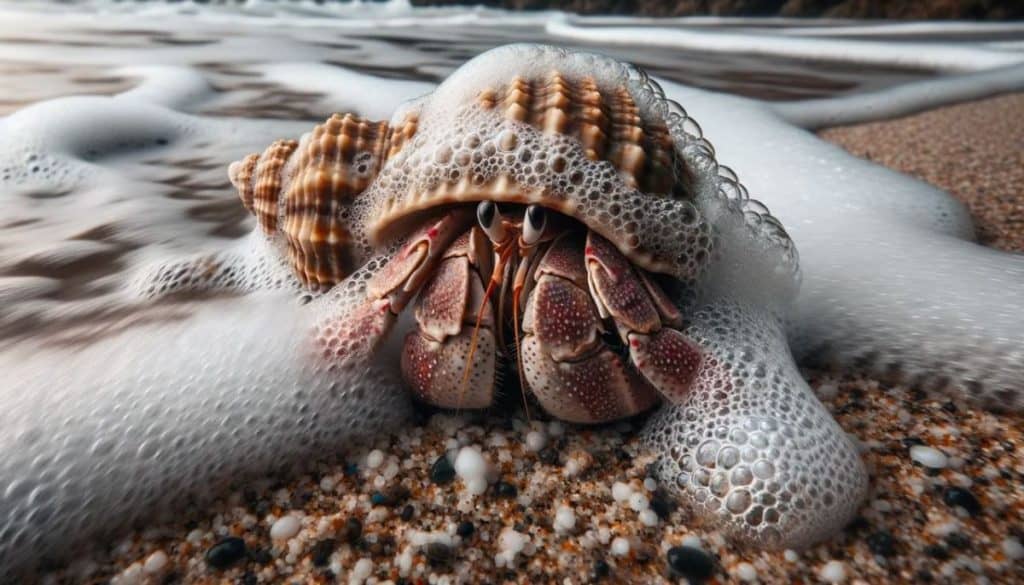
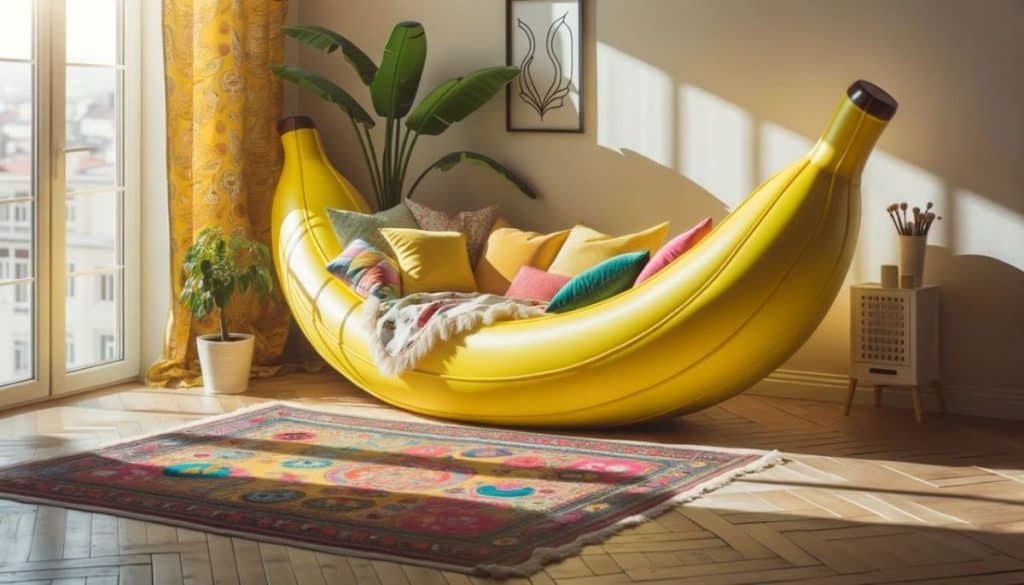
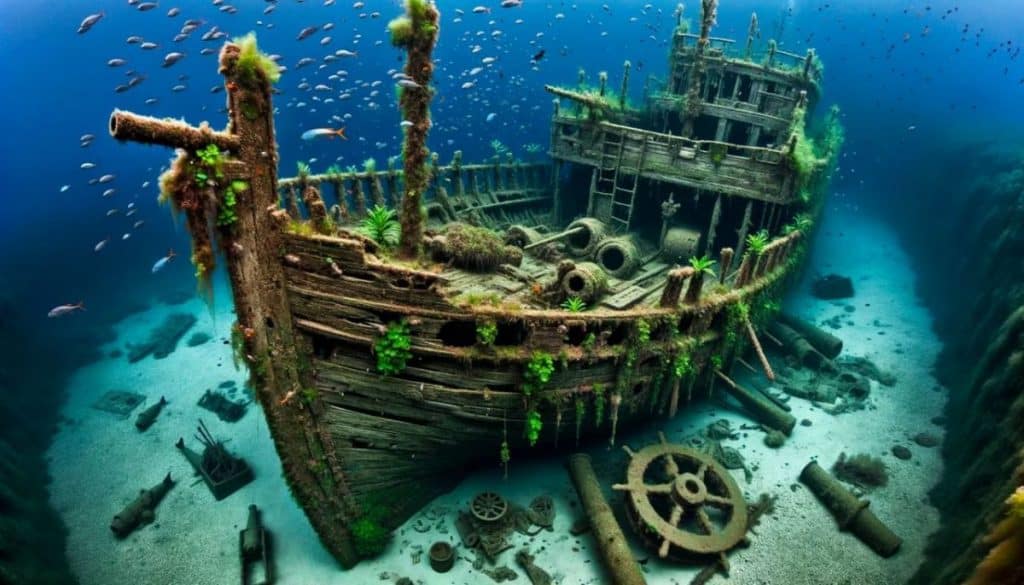
Let's delve deeper into the nuances and decipher the true offerings of this novel model.
DALL-E 3 Features and Details
Artistic Boundaries : DALL-E 3 adopts an approach distinct from its predecessor. It firmly declines to produce images in the style of living artists, contrasting sharply with DALL-E 2, which had the ability to mimic certain styles of artists. This might cause some concern within the creative landscape, much like the reception faced by Stable Diffusion 2.0.
Supporting Artists : In a bid to honor artists' rights, OpenAI allows individuals to opt-out their works from future DALL-E iterations. By submitting images they hold the rights to, artists can request that these not be used in the model's outputs. Subsequent versions of DALL-E will thus avoid creating content that resembles their OpenAI’s Instagram account Security and Oversight : OpenAI's heightened awareness of security concerns is evident. They've partnered with external entities, termed 'red teams', to assess the model's vulnerabilities and employed input classifiers to train the model to disregard references that could trigger explicit or harmful content. DALL-E 3 will not generate images of individuals when their names are distinctly noted. The uncertainty regarding whether this includes celebrities could influence the quality of faces produced.
Tracking and Identification : There’s an indication of embedding identifiers to track 'AI-generated images,' hinting at a movement towards improved oversight and potential watermarking of created content.
Textual and Illustrative Improvements : OpenAI claims advancements in generating text and rendering hands—claims common to many competitors. The real test, however, will be evident in the output beyond handpicked examples. artist’s style .
Understanding Spatial Dynamics : DALL-E 3 shines in its grasp of spatial relationships presented in prompts. This boosts the model’s capability to construct intricate angles and layouts, although users are eager for more clear demonstrations of this potential. public figures A pivotal aspect of this new model lies in its improved prompt functionalities and collaboration with ChatGPT. It aims to offer automation, swiftness, and simplification in designing prompts. The general trend is toward
transforming vague concepts or simplistic prompts into coherent expressions. DALL-E 3’s enhanced contextual sensitivity allows users to concentrate on their intent rather than forcing verbosity.
Untapped Features : Interestingly, key elements like inpainting, outpainting, generative fill, and 3D modeling are not part of the conversation. The lack of these capabilities might limit appeal for users who expect more versatile tools.
Access Information : DALL-E 3 is scheduled for release to ChatGPT Plus and Enterprise clients in early October. However, there remains uncertainty around how credits will be allocated for ChatGPT Plus users and any associated costs. Access will also be made available through the API and the OpenAI Labs platform \"later in the fall.\"
The Power of Prompts : The crux of DALL-E 3 Integration Excellence : DALL-E is poised to integrate smoothly into Microsoft and partner products. Users can anticipate generating presentations, illustrations, designs, logos, and more, all enhanced with the assistance of ChatGPT. This integration is expected to become mainstream, posing a significant challenge to competing platforms. chatGPT generating prompts OpenAI's latest offering, DALL-E 3, solidifies its position in the AI arena, leaving competitors like Midjourney and Stable Diffusion in its wake, according to Metaverse Post.
The all-new DALL-E 3 is officially here. Unlike earlier versions, this iteration zeroes in on intricate details, tackling problems like text clarity.
The launch of DALL-E 3 strengthens OpenAI's dominance, outpacing alternatives such as Midjourney and Stable Diffusion.
With the introduction of DALL-E 3, OpenAI enhances its powerful presence, ultimately overshadowing Midjourney and Stable Diffusion. Google with its Bard and Ideogram.
The Federal Trade Commission's attempt to block the Microsoft-Activision merger has been unsuccessful.
To ensure a better experience for our users in different languages, we occasionally utilize an automatic translation tool. However, please be aware that this automated translation might not be entirely precise.
DALL-E 3 is designed to integrate smoothly with GPT-4, particularly for subscribers of ChatGPT+.
The model refrains from generating visuals of well-known individuals when their names are mentioned directly. 15 million registered users Users can expect access to DALL-E 3 starting in October. ChatGPT Plus subscription OpenAI's latest introduction is truly groundbreaking.
Unlike previous versions, DALL-E 3 is all about precision, tackling challenges in rendering text and fine details like fingers. The outcome? A stunning collection of images that don't require elaborate prompts or convoluted requests.
It's crucial to understand that this release doesn't come with an exhaustive guide or detailed APIs. Rather, it's strategically designed to fit within the ecosystem of 20% decline in traffic volume during the summer.
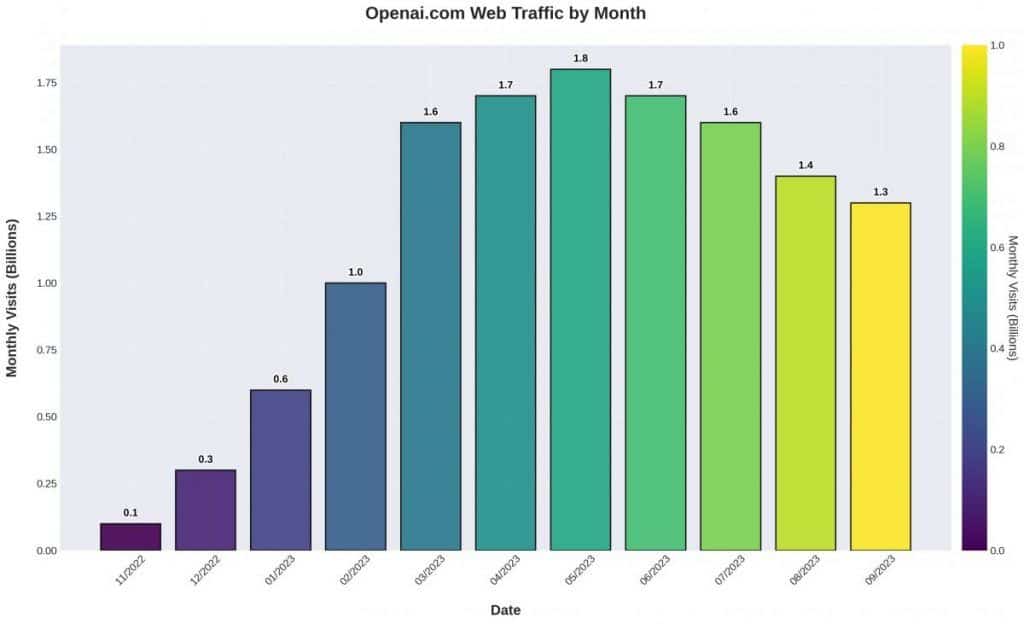
Read more related topics:
Disclaimer
In line with the Trust Project guidelines introducing even more advanced features and artistic flair.







